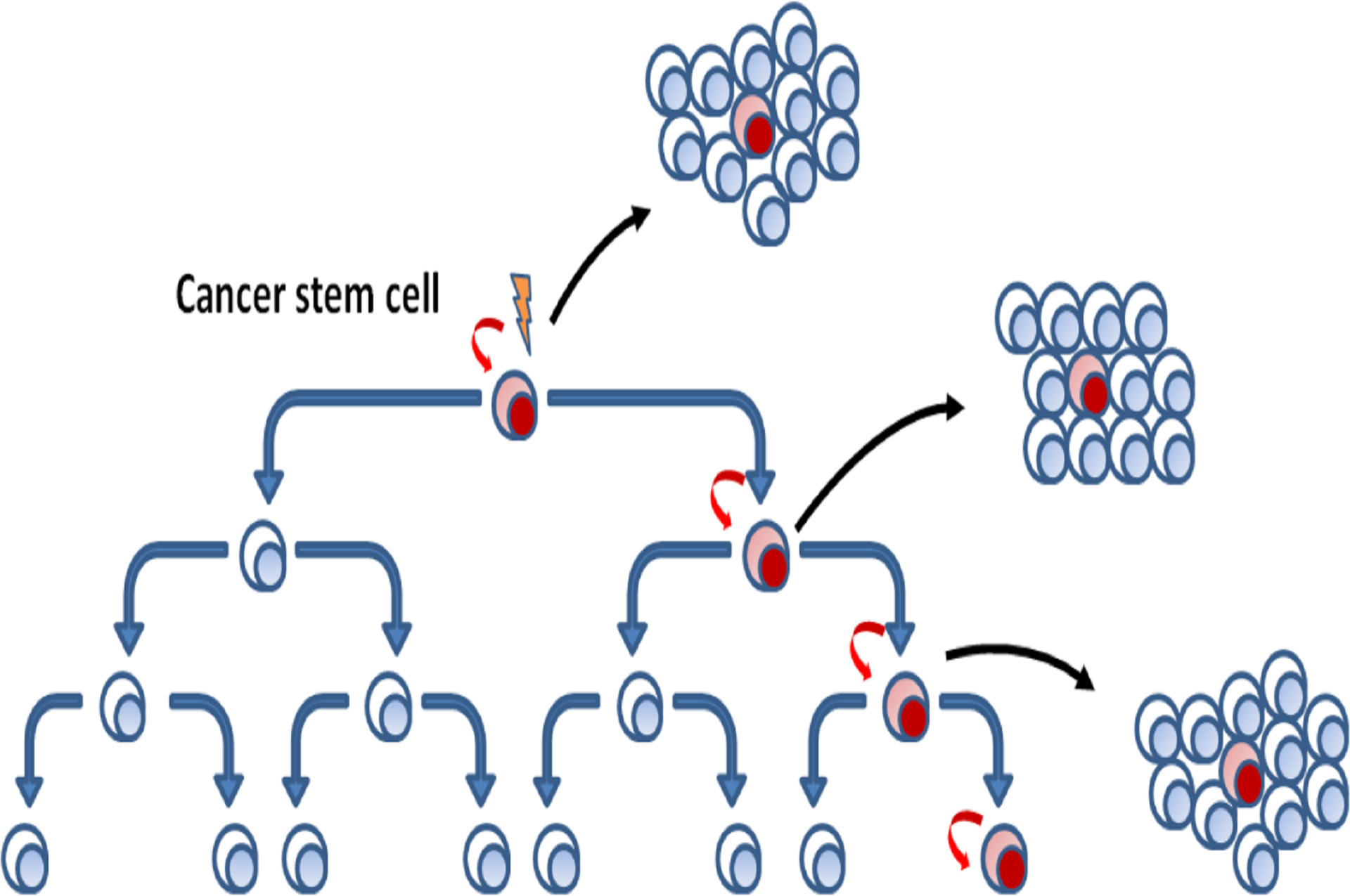Brain Mapping and Neurofeedback: Understanding and Training Brain Activity
Brain mapping has been utilized for almost 30 years. The ability to map the neural corridors of the mind continues to teach us even to this day about the limits of the human brain, but as importantly it helps us understand neural pathways and impulses that are normal versus those that are abnormal. These imbalances or deregulated neural pathways are what a QEEG or Quantitative Electroencephalograph measures.
While brain imaging techniques such as MRIs, CAT scans and x-rays are built to measure brain structure, an EEG measures brain activity. QEEG readings give us vital information to help identify over utilized and underutilized neural cognitive areas of the brain. By understanding these areas, we can help treat the underlying causes through a process known as Neurofeedback.
So what is Neurofeedback? Simply put it is a way to train the brain. According to an article by Brain Works “During a neurofeedback session, we compare what your brain is actually doing to what you’d like it to be doing. When your brain is nearing a more comfortable state, you are rewarded with a positive response on a computer screen. Usually this ‘neuro-feedback’ is in the form of a video game, music, or movie.”
With both the ability to now perform QEEG diagnostic assessments in conjunction with Neurofeedback treatment sessions, neurologists and other treating physicians can help with a series of different conditions such as concussions, TBI’s (Traumatic Brain Injuries), anxiety, depression, sleep deprivation, alcohol abuse, even dementia, Alzheimer’s and less severe forms of Autism.
This of course is quite revolutionary in the medical world, but boasts on what Neurofeedback can do has to be put into perspective. Every human brain is different, the amount of procedures needed for one person many be completely different for what’s needed for another even with virtually the same stage and severity of the underlying condition. Basically, this is not an exact science, rather it is a consistently developing one on the cutting-edge frontier.
These programs that are now widely available across the continental United States are not all covered by insurance. As either an interested physician or a potential patient trying to learn more, one should take some time to become familiar with the economics of this phenomenon. Typically speaking, in most states the QEEG will reimburse through both commercial and Medicare-based insurances. This means that the diagnostic portion of this test in many cases would be covered. However, the Neurofeedback portion is still considered experimental by CMS Medicare, therefore most physicians tend to offer this treatment regimen as a cash-based optional program.
The future of brain mapping and neurofeedback is still in its infancy. We have come a long way and have learned a tremendous amount about dysregulated neural pathways, neuroplasticity, and the overall cognitive functionality of the human brain. But again it is important to state that this treatment is not a cure for these conditions, they offer relief and minimization of symptoms and overtime can mitigate the problem to a somewhat negligible effect, which for many people is still a satisfying result compared to the alternative. In years to come seeing treatments that cure conditions like Alzheimer’s, dementia and Autism might not be the work of science fiction any longer.





